Located on the river Oder (Polish: Odra), the capital of the Lower Silesia region, Wroclaw, boasts over 100 bridges and crossings, 12 islands and miles of boulevards and promenades on the river and its tributaries. No wonder it’s quite rightly called Venice of the North. 🙂
Wroclaw is a vibrant, cultural and academic centre with many international music festivals and artistic events. In 2016 Wroclaw featured as the European capital of culture.
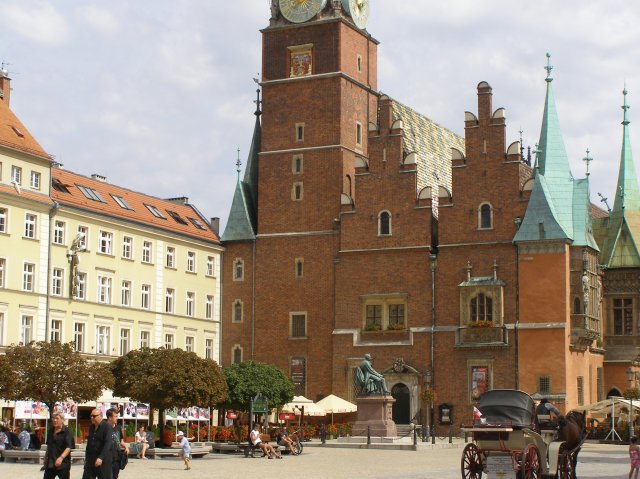
Like many other polish cities it suffered heavy damage during the WWII but its historic architecture has been beautifully restored creating a fascinating background to the modern metropolitan city.
The origins of the town go back to pre-Christian times when Wroclaw was a Slavic settlement on the river Odra, on the crossing of trade routes such as The Amber Trail.
Here’s our 10 top things to do & see in Wrocław to plan your break /weekend :
1. Admire panoramic views of the city from the top of the Cathedral of St. John the Baptist in Ostrow Tumski
Take a lift to the top of the north spire of the Cathedral for the amazing views of the city and to find your bearings around Ostrow Tumski and surrounding areas.
The Cathedral of St. John the Baptist is the most valuable monument of the sacral architecture in Wroclaw that has been meticulously restored to its gothic glory.
The whole area of Ostrow Tumski (Cathedral Island) is the oldest and one of the most beautiful parts of Wroclaw with its gothic churches’ spires, narrow streets and manicured gardens. The origins of Ostrow Tumski go back to the 10th century when it was a religious centre of the first settlement of Wroclaw.
2. Stroll around Wroclaw Old Town enjoying the lively atmosphere of the main square (Rynek)
Walk around Wroclaw Old Town to admire splendid Baroque architecture of the Market Square (Rynek), majestic gothic Town Hall with its astronomical clock and the 14th century St Elizabeth Church (where you can climb the viewing tower for panoramic views of the city). Take an artistic picture of the original ‘wall’ fountain on the main square. Stop for coffee or a bite to eat in one of many cafes & restaurants around the square watching the street performers. You are spoilt for choice when it comes to restaurants in the main square as there seems to be one in every historic townhouse. One of the restaurants, Piwnica Swidnicka, located in the cellars of the Town Hall for the last 700 years, is said to be the oldest in Europe.
Browse the boutique shops or arts and crafts galleries in Jatki arcades for gifts

3. Panorama Raclawicka (Panorama of the Battle of Raclawice)
The biggest tourist attraction and a pride of Wroclaw, Panorama Raclawicka is an unique monumental painting of 15 x 114 meters depicting the Battle of Raclawice during Kosciszko Insurrection in 1794 when the Polish insurrectionists defeated Russian forces. The painting, housed in the special Rotunda building, mounted in a circle with the viewer in the middle, creates an experience of watching the battle at close range though special kind of perspective and additional technical effects. The exhibition is open every day in the summer and the viewing lasting about 30 minutes starts every 30 minutes.
For more cultural experience, visit the National Museum where in the rooms exhibiting modern art you can find the monumental installations of Magdalena Abakanowicz and Wladyslaw Hasior. You can buy entry ticket to both: Panorama Raclawicka and the National Museum.
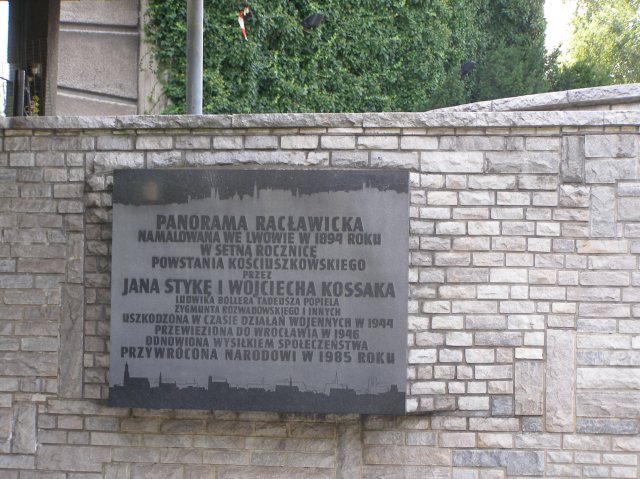
4. Walk or cycle along Odra’s boulevards, islands and bridges
Odra’s picturesque islands and bridges right in the middle of the city are perfect for a stroll around the area. Wander around the islands Tamka, Bielarska, Slodowa & Piasek passing by the statues of bishops, old mills and gothic churches, reading the names of couples on the padlocks attached to the railings of the historic Tumski bridge (a tradition that started recently) and admiring the Cathedral from every angle.
For a longer walk (or a cycle ride) try the 7km route along the river’s boulevards from the Mieszczanski bridges at Dubois Street to the Szczytnicki bridge in the east of the city.
The route passes by the main historic buildings of Wroclaw. The origins of many historic bridges go back to medieval and Pre-Christian times when Wroclaw was a Slavic tribe settlement on Odra river.


5. Take a tour of Wroclaw University
Walk around university campus admiring one of the finest baroque buildings in Poland & Europe that is Wroclaw University. Its characteristic spires dominate the city’s skyline. Originally the castle in the 12th century, it was established as a church and a high school by Jesuits in the 17th century and as university a century later. The main assembly hall Aula Leopoldina has particular beautiful interior featuring exquisite ceiling frescos.
The University campus is full of inexpensive eating places and lively pubs.
6. Trace Jewish culture in Wroclaw & Lower Silesia
Visit White Stork Synagogue (Synagoga pod Bialym Bocianem) at Wlodkowicza 7 and old Jewish cemetery at Slezna 37 dating from 1856.
The synagogue dating from 1829, reconstructed after the damage suffered during WWII, is open to visitors and houses exhibition of 800 year history of Jewish live in Wroclaw & Lower Silesia.
7. Wroclaw Fountain – Wroclawska Fontanna Multimedialna, Pergola
Complex of fountains with a multimedia spectacle of water jets, music, laser displays and animation on the screens above the water. Over the large area of the fountains’ basin, 300 types of water jets get to 40 meters high. The fountain is located on Hala Stulecia Street in the east of the city. The shows run on the hour from April to October with spectacular night shows between 6 & 10pm. Restaurant Pergola overlooking the fountain is a good place for lunch or dinner.
Interesting attraction, just next to the pergola surrounding the fountain, is Japanese garden laid out by designers from Japan. While the circular building in front of the fountain is another landmark in Wroclaw – Hala Stulecia (Centennial Hall) built at the beginning of the 20th century and used for trade fairs and concerts.
To get to the Wroclaw Fountain you need to take a tram number 2, 4 or 10 from the city centre. Another way to Pergola is by boat, getting off at the stop by Sczytnicki bridge, you can also walk or cycle along the river.
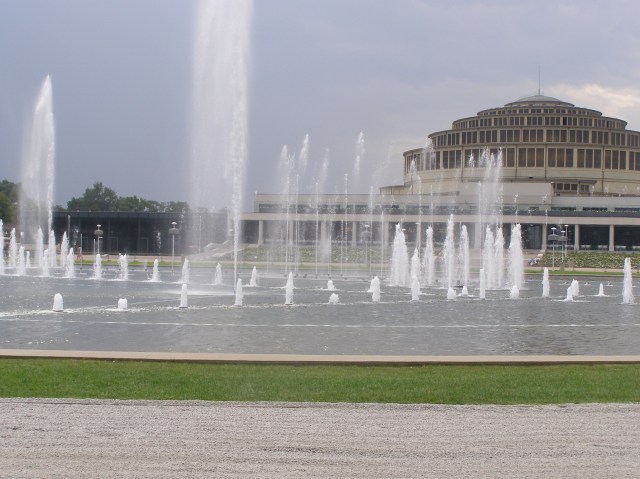
8. Go on a river cruise or hire a boat
Take to river cruising under the bridges and between islands on Odra river.
You can board the boat from one of four marinas for a cruise that lasts, depending on the route, between half an hour and just over an hour. Most routes are circular so you are coming back to the starting point but you can also get off at one of other marinas.
Marina Kardynalska on Piaskowa Island is a good start point. Tickets can be bought just before boarding the boat. Boats can take you to places such as Wroclaw Fountain or the ZOO. Additional attractions are night cruises that run at the weekends.
For a more energetic activity hire a boat or kayak in the romantically named Zatoka Gondoli (Gondola Bay) at the marina by Purkyniego Street near the National Museum.

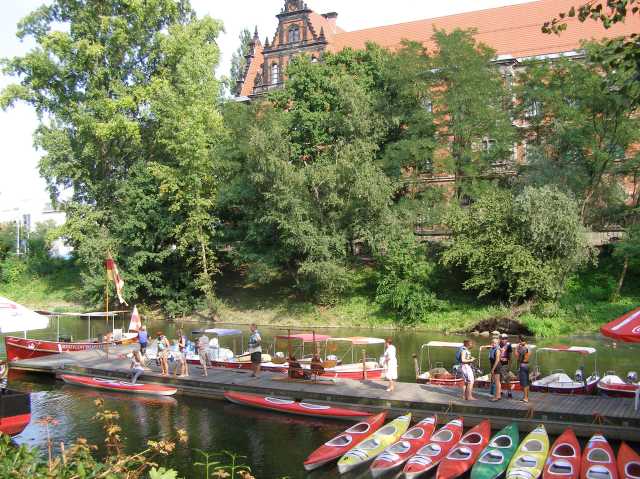
9. Spot a dwarf
Walking around the city centre, look out for bronze sculptures of dwarfs of different sizes and in different poses in some unexpected places. The dwarfs are a tribute to the Orange Alternative Movement, a local art movement that in the 80s peacefully protested against communist regime by drawing dwarfs where anti-communist graffiti was painted over by the communist police. Their credo, taken from the children’s poet Maria Konopnicka, was ‘the dwarfs do exist whether you believe it or not ’.
They certainly do exist in Wroclaw and apparently there are at least 15 of them. We managed to find only a handful of Wroclaw dwarfs but it was very exciting every time we spotted one.

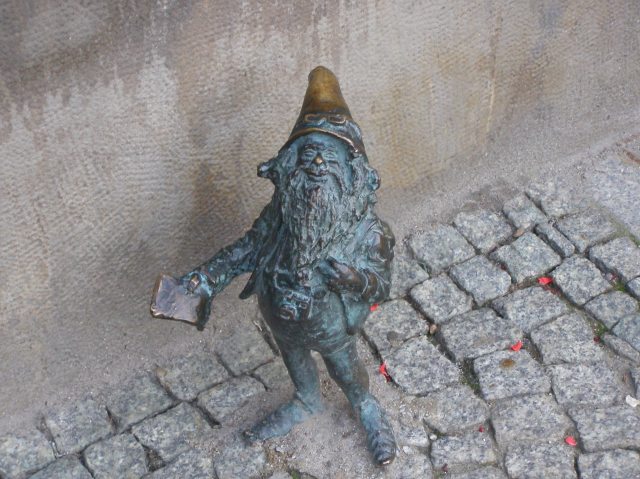
10. Relax in the Botanical Gardens or in the Wroclaw ZOO
Botanical Gardens in the city centre near Ostrow Tumski , funded in 1811 & one of the oldest in Poland, is a charming place for a walk and a rest after busy sightseeing.
A compact size of the gardens, interesting collection of plants and trees, pretty benches with small tables along little alleys, a lake with the fountain create an atmosphere of a secret garden. Conveniently there is also a café and children’s playground.
Wroclaw Zoo, funded in the 19th century, with a large collection of animals is a great idea for a relaxing day out. You can get to the ZOO by boat from Ostrow Tumski or a tram from the city centre.
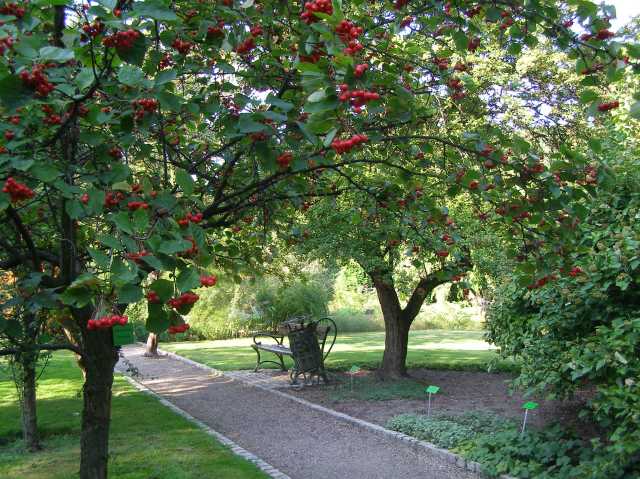
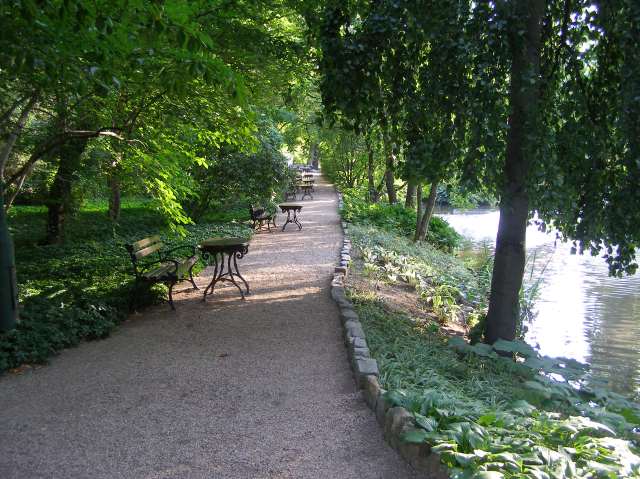
Good time to go
Wroclaw is worth visiting any time of year.
For music lovers there are numerous annual music festivals taking place in Wroclaw such as Wratislavia Cantans in June and September, jazz festival in April called ‘Jazz nad Odra’, ‘Thanks Jimi’ festival in May dedicated to Jimi Hendrix music and many other cyclical music events.
Transport
Public transport such as buses & trams is easy to use, inexpensive and frequent.
The bus & tram tickets can be bought in kiosks RUCH or in other places with the sign Bilety MPK. Around Old Town or Ostrow Tumski you don’t need any transport as all places of interest are within walking distance.
Places in the east part of the city such as Wroclaw ZOO or the Pergola Fountain can be reached by boats that depart from Ostrow Tumski. Tickets can be bought just before boarding the boat.
Cycling is a good way of moving around as Wroclaw has many cycling paths along the river and Ostrow Tumski.
The airport, Nicolaus Copernicus Airport Wroclaw, is 13 km west of the city. The easiest way into town centre is by bus no 406 or by taxi
Where is it
Wroclaw is situated in Lower Silesia region in south western Poland.
How to get there
You can fly to Wroclaw by Ryanair or Wizzair from London & local airports in just under 2hrs.
